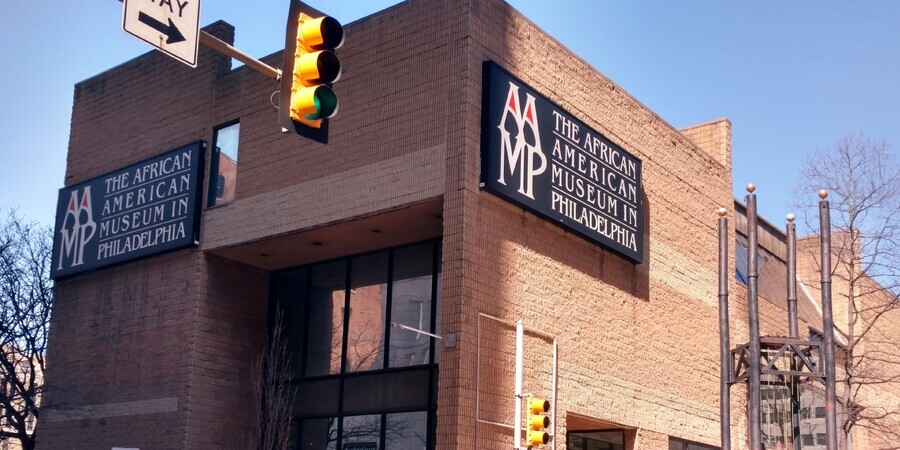Philadelphia, PA - Philadelphia, the birthplace of American independence, also played a complex and pivotal role in the Underground Railroad, the clandestine network that helped enslaved African Americans escape to freedom. While the city participated in the trans-Atlantic slave trade, it also nurtured a significant free African American population and a fervent abolitionist movement that actively worked to dismantle slavery. Today, numerous historical sites, markers, archives, and tours throughout Philadelphia and the region offer profound insights into this critical chapter of American history, a testament to the courage of freedom seekers and those who aided them.
"The Underground Railroad is an undeniably important part of American history," said Jenea Robinson, senior media relations manager at VISIT PHILADELPHIA®. "Philadelphia played an exciting role in this movement. The city took part in the trans-Atlantic slave trade, but also had a significant population of freed African-Americans and others who tried to make things right."
A comprehensive brochure detailing many sites is available at the Independence Visitor Center, the African American Museum in Philadelphia, and the Johnson House.
Key Historical Sites in Philadelphia:
- Liberty Bell Center (6th & Market Streets): The Liberty Bell, with its inscription "Proclaim LIBERTY Throughout all the Land unto all the Inhabitants thereof," became a powerful symbol for abolitionist societies in the 1830s and later for freedom seekers worldwide. Its message resonated deeply with the anti-slavery cause.
- President's House: Freedom and Slavery in the Making of a New Nation (6th & Market Streets): This open-air memorial stands where President George Washington lived. At the same time, Philadelphia was the nation's capital. It poignantly tells the stories of the nine enslaved Africans who served his household, including Oney Judge, who bravely escaped to freedom from this very location.
- Mother Bethel African Methodist Episcopal (AME) Church (6th & Lombard Streets): The active flagship of the nation's first Black denomination, Mother Bethel AME Church was a crucial sanctuary and meeting place for the abolitionist movement. Fugitives sought refuge within its walls, and iconic figures like Harriet Tubman, Lucretia Mott, Frederick Douglass, and William Still spoke powerfully from its pulpit.
- Historic St. George's Methodist Church (235 N. 4th Street): This early house of worship was the site of a significant protest against racial discrimination. Reverends Richard Allen and Absalom Jones, who later became foundational figures in the AME Church, led a walkout over a discriminatory seating policy, highlighting the early struggles for equality.
- Belmont Mansion & Underground Railroad Museum (Fairmount Park): The 1742 home of Judge Richard Peters, who, despite being a slaveholder, reportedly purchased some enslaved individuals to free them and is believed to have hidden fugitives in the attic. The on-site Underground Railroad Museum shares these stories, including that of Cornelia Wells, a freed African American woman associated with the estate.
- Location: 2000 Belmont Mansion Drive, Fairmount Park
- Historic Fair Hill Burial Ground (Germantown/North Philadelphia): This circa 1703 Quaker burial ground is the final resting place of influential abolitionists like Lucretia Mott and Robert Purvis. Today, it also serves as an environmental education center, surrounded by murals depicting 300 years of social justice history in Philadelphia.
- Location: 2901 Germantown Avenue
- Johnson House National Historic Site (Germantown): This well-preserved home belonged to the Quaker family of Samuel and Jennet Johnson. In the 1800s, they courageously cared for escaped slaves, making their home a vital station on the Underground Railroad.
- Location: 6306 Germantown Avenue, Germantown
Archives, Libraries & Research Centers:
For those wishing to delve deeper into the records and narratives of the era:
- Historical Society of Pennsylvania (HSP) (1301 Locust Street): HSP is a repository for hundreds of printed items, manuscripts, and graphic materials relating to the abolitionist movement, including the invaluable journal of Underground Railroad agent William Still.
- Library Company of Philadelphia (1314 Locust Street): Founded by Benjamin Franklin, this historic library holds a 13,000-piece Afro-American Collection featuring significant documents and books about slavery and abolitionism.
- Charles L. Blockson Afro-American Collection at Temple University (Sullivan Hall, 1300 W. Berks Street): This renowned library contains narratives by figures like Sojourner Truth and Frederick Douglass, along with first editions by Phyllis Wheatley, W.E.B. DuBois, and many others.
- National Archives at Philadelphia (14700 Townsend Road, Northeast Philadelphia): A crucial resource for researching the ancestry of people who lived in the Mid-Atlantic region, including Pennsylvania, Delaware, Maryland, Virginia, and West Virginia, during this period.
Exploring Beyond the City: Chester County's Role:
- Chester County Historical Society (225 N. High Street, West Chester): This society houses artifacts and manuscripts detailing the bucolic county's significant role in abolitionist history and the Underground Railroad network.
- Kennett Underground Railroad Center (Kennett Square): Based in Chester County, this center offers and organizes tours of various Underground Railroad sites, often departing from the Brandywine Valley Tourism Information
Philadelphia and its surrounding region are imbued with the powerful and often poignant history of the Underground Railroad. From iconic national symbols and sacred houses of worship to preserved homes of abolitionists and invaluable archival collections, these sites offer a profound opportunity to learn about the struggle for freedom and the brave individuals who risked everything for it. Exploring these locations provides a deeper understanding of a critical chapter in American history and Philadelphia's complex but ultimately pivotal role.
A Guide to Philadelphia's Underground Railroad History & Sites
Typography
- Smaller Small Medium Big Bigger
- Default Helvetica Segoe Georgia Times
- Reading Mode


